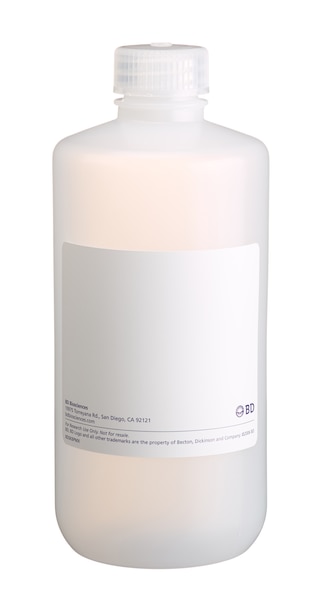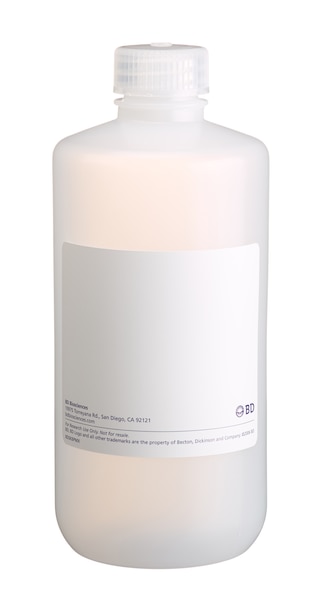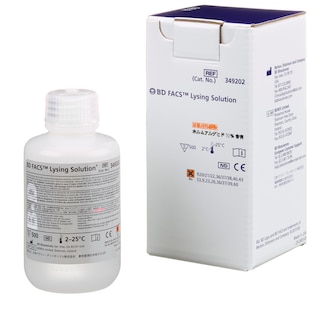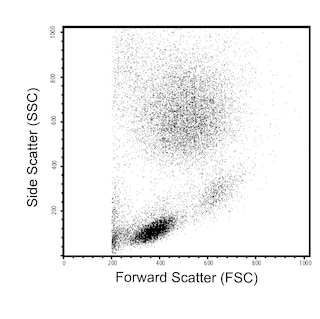-
抗体試薬
- フローサイトメトリー用試薬
-
ウェスタンブロッティング抗体試薬
- イムノアッセイ試薬
-
シングルセル試薬
- BD® AbSeq Assay | シングルセル試薬
- BD Rhapsody™ Accessory Kits | シングルセル試薬
- BD® Single-Cell Multiplexing Kit | シングルセル試薬
- BD Rhapsody™ Targeted mRNA Kits | シングルセル試薬
- BD Rhapsody™ Whole Transcriptome Analysis (WTA) Amplification Kit | シングルセル試薬
- BD® OMICS-Guard Sample Preservation Buffer
- BD Rhapsody™ ATAC-Seq Assays
- BD Rhapsody™ TCR/BCR Next Multiomic Assays
-
細胞機能評価のための試薬
-
顕微鏡・イメージング用試薬
-
細胞調製・分離試薬
-
- BD® AbSeq Assay | シングルセル試薬
- BD Rhapsody™ Accessory Kits | シングルセル試薬
- BD® Single-Cell Multiplexing Kit | シングルセル試薬
- BD Rhapsody™ Targeted mRNA Kits | シングルセル試薬
- BD Rhapsody™ Whole Transcriptome Analysis (WTA) Amplification Kit | シングルセル試薬
- BD® OMICS-Guard Sample Preservation Buffer
- BD Rhapsody™ ATAC-Seq Assays
- BD Rhapsody™ TCR/BCR Next Multiomic Assays
- Japan (Japanese)
-
Change country/language
Old Browser
Looks like you're visiting us from {countryName}.
Would you like to stay on the current country site or be switched to your country?


.png)

Multiparameter flow cytometric analysis of CD170 expression on human peripheral blood leucocyte populations. Human blood was stained with either Mouse IgG1, κ Isotype Control (Cat No. 559320, Left Plot) or PE Mouse Anti-Human CD170 antibody (Cat No. 566777; Right Plot). Erythrocytes were lysed with BD Pharm Lyse™ Lysing Buffer (Cat. No. 555899). The flow cytometric contour plot showing the correlated expression of CD170 (or Ig Isotype control staining) versus side light-scatter (SSC-A) signals was derived from gated events with the forward and side-light scatter characteristics of viable leucocyte populations. Flow cytometry and data analysis were performed using a BD FACSCantoTM II Flow Cytometer System and FlowJo™ software.
.png)

BD Pharmingen™ PE Mouse Anti-Human CD170
.png)
Regulatory Statusの凡例
Any use of products other than the permitted use without the express written authorization of Becton, Dickinson and Company is strictly prohibited.
Preparation and Storage
Product Notices
- Please refer to www.bdbiosciences.com/us/s/resources for technical protocols.
- Caution: Sodium azide yields highly toxic hydrazoic acid under acidic conditions. Dilute azide compounds in running water before discarding to avoid accumulation of potentially explosive deposits in plumbing.
- For fluorochrome spectra and suitable instrument settings, please refer to our Multicolor Flow Cytometry web page at www.bdbiosciences.com/colors.
- This reagent has been pre-diluted for use at the recommended Volume per Test. We typically use 1 × 10^6 cells in a 100-µl experimental sample (a test).
- An isotype control should be used at the same concentration as the antibody of interest.
- Please refer to http://regdocs.bd.com to access safety data sheets (SDS).
関連製品





The 1A5 monoclonal antibody specifically recognizes Sialic acid binding Ig-like lectin 5 (Siglec-5) which is also known as CD170, CD33 antigen-like 2 (CD33L2) and Obesity binding protein-2 (OBBP2). CD170 is a type I transmembrane glycoprotein that forms a ~140 kDa dimer on the cell surface. CD170 is encoded by SIGLEC5 which belongs to the SIGLEC (sialic acid binding Ig-like lectin) family within the immunoglobulin superfamily. The extracellular region of CD170 consists of an N-terminal V-set Ig-like domain, which contains the sialic acid binding site, followed by 3 C2-set Ig like domains, a transmembrane region and a cytoplasmic tail containing 2 immunoreceptor tyrosine-based inhibitory motifs (ITIMs) which regulate cellular signaling. CD170 bind to alpha-2,3- and alpha-2,6-linked sialic acid glycoproteins and glycolipids and to glycophorin A. It is highly expressed on neutrophils and expressed at lower levels on monocytes, macrophages, dendritic cells, and some lymphocytes. CD170 is an adhesion molecule that may function in regulating cellular activation and in sialic-acid dependent binding to cells.

Development References (8)
-
Cornish AL, Freeman S, Forbes G, et al. Characterization of siglec-5, a novel glycoprotein expressed on myeloid cells related to CD33. Blood. 1998; 92(6):2123-2132. (Immunogen: ELISA, Flow cytometry). View Reference
-
Crocker PR, Varki A. Siglecs, sialic acids and innate immunity. Trends Immunol. 2001; 22(6):337-342. (Biology). View Reference
-
Jones C, Virji M, Crocker PR. Recognition of sialylated meningococcal lipopolysaccharide by siglecs expressed on myeloid cells leads to enhanced bacterial uptake.. Mol Microbiol. 2003; 49(5):1213-25. (Clone-specific: Blocking, Functional assay). View Reference
-
Nguyen DH, Hurtado-Ziola N, Gagneux P, Varki A. Loss of Siglec expression on T lymphocytes during human evolution. Proc Natl Acad Sci U S A. 2006; 103(20):7765-7770. (Clone-specific: Flow cytometry). View Reference
-
Pillai S, Netravali IA, Cariappa A, Mattoo H. Siglecs and immune regulation.. Annu Rev Immunol. 2012; 30:357-92. (Biology). View Reference
-
Simmons DL, Buckley CD, Schneemann M. Adhesion Structures: Section report. In: Mason D. David Mason .. et al., ed. Leucocyte typing VII : white cell differentiation antigens : proceedings of the Seventh International Workshop and Conference held in Harrogate, United Kingdom. Oxford: Oxford University Press; 2002:3-14.
-
Zola H, Swart B, Boumsell L, Mason DY. Human Leucocyte Differentiation Antigen nomenclature: update on CD nomenclature. Report of IUIS/WHO Subcommittee.. J Immunol Methods. 2003; 275(1-2):1-8. (Clone-specific). View Reference
-
Zola H, Swart B, Nicholson I, Voss E. CD170. In: Zola H. Leukocyte and Stromal Cell Molecules : the CD Markers. Hoboken, N.J.: Wiley-Liss; 2007:309-310.
Please refer to Support Documents for Quality Certificates
Global - Refer to manufacturer's instructions for use and related User Manuals and Technical data sheets before using this products as described
Comparisons, where applicable, are made against older BD Technology, manual methods or are general performance claims. Comparisons are not made against non-BD technologies, unless otherwise noted.
For Research Use Only. Not for use in diagnostic or therapeutic procedures.
Report a Site Issue
This form is intended to help us improve our website experience. For other support, please visit our Contact Us page.